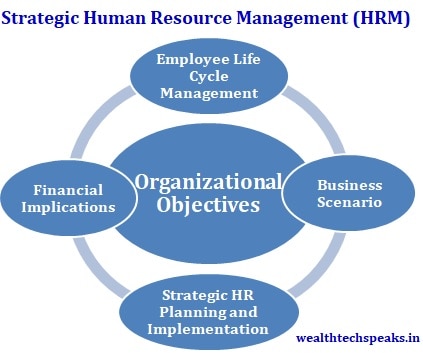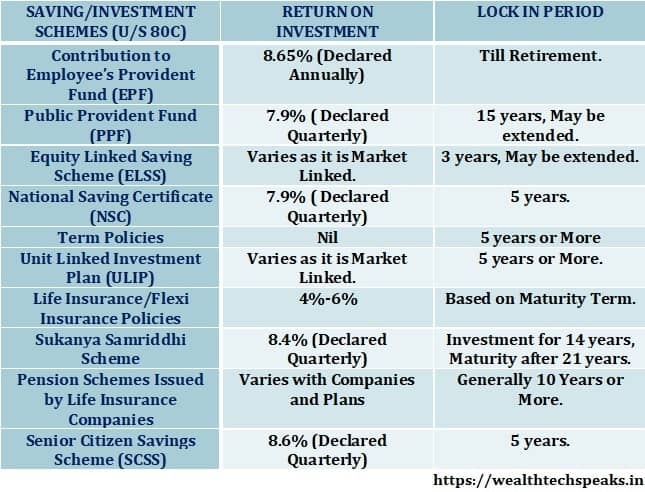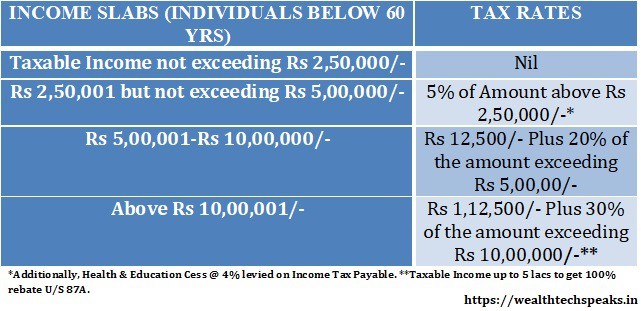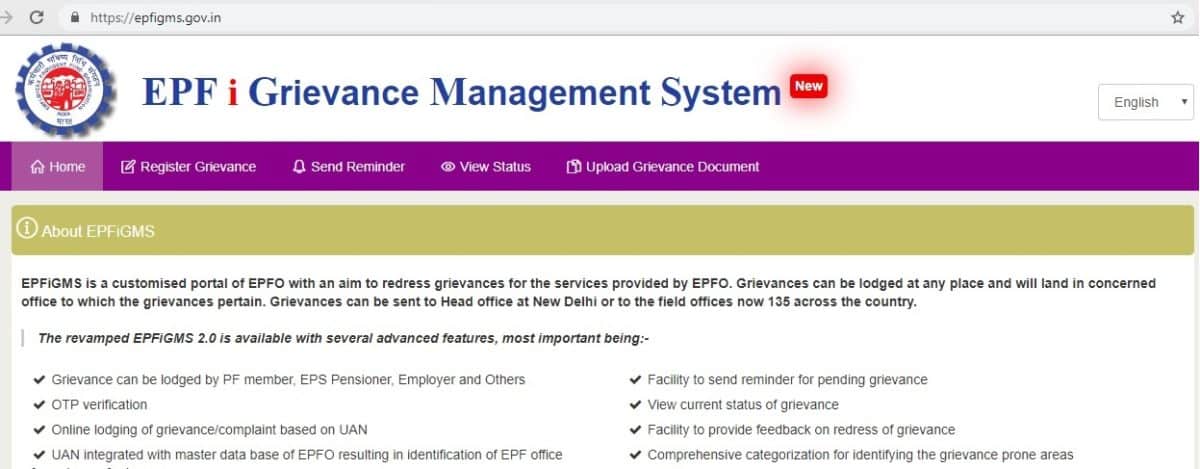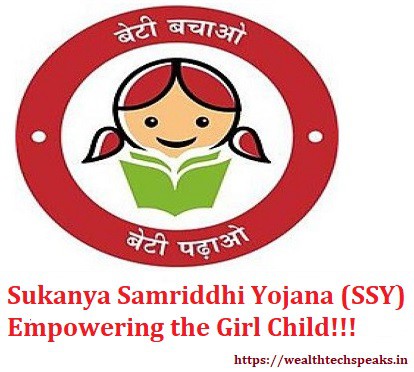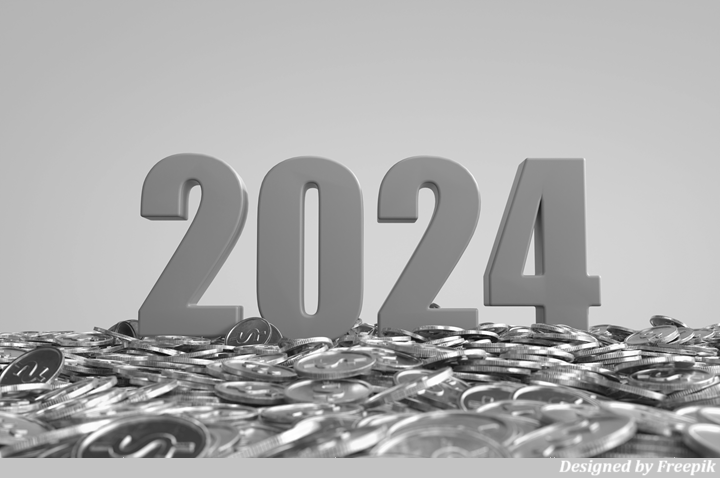
Budget 2024-2025: A Strategic Blueprint for Viksit Bharat
- Posted By Amritesh
- On September 1st, 2024
- Comments: no responses
The Budget 2024-2025 is designed as a forward-looking plan to propel India towards its long-term vision of becoming a “Viksit Bharat” (Developed India) by 2047. This budget addresses critical sectors such as agriculture, employment, infrastructure, and manufacturing, while also introducing significant tax reforms to simplify compliance and encourage investment. It aims to strike a balance between immediate economic needs and long-term sustainability, with a focus on inclusive growth, social welfare, and environmental resilience.
Agriculture and Rural Development
#Promotion of FPOs and Start-ups: The budget emphasizes strengthening vegetable production and supply chains through Farmer Producer Organizations (FPOs), cooperatives, and start-ups.
#Introduction of New Crop Varieties: 109 new high-yielding and climate-resilient varieties of 32 field and horticulture crops will be released to boost agricultural productivity.
#Agriculture Research Revamp: A comprehensive review of the agricultural research setup will be undertaken to focus on raising productivity and developing climate-resilient crop varieties.
Employment and Skilling
#Women in Workforce: Initiatives include setting up working women hostels and establishing crèches in collaboration with industry.
#Incentives for New Hires: The government will reimburse EPFO contributions for employers hiring new workers, expected to create 50 lakh jobs. Additionally, the PM’s Package includes a scheme where the government will reimburse up to ₹3,000 per month for EPFO contributions for two years for new hires.
#Skilling Initiatives: A five-year skilling program targeting 20 lakh youth, with 1,000 Industrial Training Institutes upgraded in a hub and spoke model.
Manufacturing and Services
#Industrial Parks and MSMEs: Twelve industrial parks under the National Industrial Corridor Development Programme will be established. The budget also enhances credit support for MSMEs, especially during stress periods.
#MSME Credit Schemes: The Mudra loan limit is increased to ₹20 lakh under the ‘Tarun’ category, and new assessment models for MSME credit will be introduced.
Infrastructure Development
#Interest-Free Loans to States: ₹1.5 lakh crore allocated to states as long-term, interest-free loans to support infrastructure development.
#PMGSY Phase IV: The Pradhan Mantri Gram Sadak Yojana (PMGSY) will provide all-weather connectivity to 25,000 rural habitations.
#Flood Mitigation and Irrigation Projects: Financial support for significant projects like the Kosi-Mechi intra-state link and others in Assam, Sikkim, Uttarakhand, and Himachal Pradesh.
Energy Security and Sustainability
#Nuclear Energy Initiatives: The budget supports R&D for Bharat Small Modular Reactors and new technologies for nuclear energy.
#Renewable Energy Integration: Financial support for electricity storage and integration of renewable energy, including the establishment of an 800 MW commercial plant by NTPC and BHEL.
Tax Reforms: Budget 2024-2025
Direct Tax Proposals
#Standard Deduction: Increased from ₹50,000 to ₹75,000 for salaried employees.
#Capital Gains Tax: Short-term gains on financial assets will attract a 20% tax rate, while long-term gains will have a 12.5% tax rate. The exemption limit for capital gains on financial assets has been increased to ₹1.25 lakh per year.
#Angel Tax: The budget proposes to abolish the Angel Tax for all classes of investors, simplifying the tax regime and encouraging start-ups.
Custom Duty Changes
#Reduction in custom duty on mobile phones, gold, silver, shrimp feed, and capital goods for solar cell manufacturing.
#Exemption of custom duties on critical minerals for strategic sectors.
Tax Slabs for 2024-2025 as proposed in the Budget 2024-25
The new income tax slabs under the simplified tax regime are as follows:
Income up to ₹3 lakh: Nil
₹3 lakh – ₹7 lakh: 5%
₹7 lakh – ₹10 lakh: 10%
₹10 lakh – ₹12 lakh: 15%
₹12 lakh – ₹15 lakh: 20%
Above ₹15 lakh: 30%
These changes are aimed at reducing the compliance burden and providing tax relief to citizens while promoting entrepreneurship and investment.
Government Revenue Streams
#Borrowing and Other Liabilities: 27%
#Income Tax: 19%
#GST & Other Taxes: 18%
#Corporation Tax: 17%
#Non-Tax Receipts: 9%
#Union Excise Duties: 5%
#Customs: 4%
#Non-Debt Capital Receipts: 1%
Expenditure Allocation
#States’ Share of Taxes and Duties: 21%
#Interest Payments: 19%
#Central Sector Schemes (excluding Defense and Subsidy): 16%
#Defense: 8%
#Centrally Sponsored Schemes: 8%
#Finance Commission and Other Transfers: 9%
#Subsidies: 6%
#Other Expenditure: 9%
#Pensions: 4%
Social Welfare and Inclusive Growth
#Women’s Empowerment: Over ₹3 lakh crore allocated for schemes benefiting women and girls.
#Tribal Welfare: The Pradhan Mantri Janjatiya Unnat Gram Abhiyan will improve the socio-economic condition of tribal communities, covering 63,000 villages and benefiting 5 crore people.
#Eastern Development Initiative: The Purvodaya scheme focuses on the development of eastern states, including the Amritsar-Kolkata Industrial Corridor and industrial nodes in Gaya.
Education and Healthcare
#Education: Loans up to ₹7.5 lakh for students and direct e-vouchers for 1 lakh students annually for higher education.
#Healthcare: Focus on affordable medicines, with certain cancer medicines exempted from custom duties, and increased budget allocation for health infrastructure.
Fiscal Management and GDP Outlook
#Revenue and Expenditure: The budget estimates revenue receipts at ₹26.3 lakh crore and expenditure at ₹37.1 lakh crore.
#GDP Growth: India’s GDP grew by 8.2% in FY 2024, reflecting strong economic performance. The budget targets further growth while maintaining a balanced fiscal deficit.
#Tax Revenue: Significant contributions from GST, income tax, and corporate tax are projected to support the government’s fiscal plan.
Criticisms Against Budget 2024-2025
#Lack of Bold Reforms: Critics argue that the budget lacks transformative reforms needed to address structural issues in the economy, such as labor market flexibility and land acquisition.
#Underwhelming Support for MSMEs: While the budget provides some relief, many believe the measures fall short of addressing the significant challenges faced by MSMEs, particularly in accessing credit.
#High Fiscal Deficit: Concerns have been raised about the reliance on borrowing, leading to a high fiscal deficit that could strain public finances in the long term.
#Limited Focus on Healthcare: Despite increasing healthcare needs, the budget’s allocation to the health sector is seen as insufficient by some, especially in the wake of the pandemic.
#Missed Opportunities in Tax Reforms: The abolition of the Angel Tax is seen positively, but critics believe the budget could have gone further in simplifying and rationalizing the tax regime, especially for middle-income earners.
#Inadequate Environmental Focus: Environmental advocates feel the budget does not adequately address the urgent need for sustainability initiatives and climate change mitigation efforts.
#Concerns Over Rural Development Funding: The reduction in allocations to schemes like MGNREGA has sparked criticism, with some arguing that rural India, still recovering from the pandemic, needs more robust support.
#Educational Sector Overlooked: While there are initiatives for skilling, critics argue that the budget does not adequately address the broader educational infrastructure and quality improvement needed to support long-term growth.
These criticisms highlight areas where the budget may fall short in addressing the immediate and long-term challenges facing India.
Final Thoughts on Budget 2024-2025
The Budget 2024-2025 is a strategic blueprint aimed at driving India toward its vision of “Viksit Bharat” by 2047. It balances the need for economic growth with social inclusion, infrastructure development, and fiscal prudence. Key highlights include initiatives for agriculture, employment, MSME support, and tax reforms, such as the abolition of the Angel Tax.
However, the budget has faced criticism for its perceived lack of bold reforms, underwhelming healthcare focus, and concerns over rural development funding. The high fiscal deficit also raises questions about long-term financial sustainability. While the budget sets a clear path for growth, its success will depend on effective implementation and addressing the criticisms that have emerged.
Budget 2024-2025 lays a foundation, but further adjustments may be needed to fully realize its ambitious goals.
Individuals looking to invest in Mutual Funds may connect at admin@wealthtechspeaks.in for investment related guidance.
Do subscribe to our WealthTech Speaks YouTube Channel & also our Blog as it keeps us motivated to post new content. In case you are interested in investing in Stocks, get your free Demat today (Click Here).
WealthTech Speaks or any of its authors are not responsible for any errors or omissions, accuracy, completeness, timeliness or for the results obtained from the use of this information. This article is for informational and promotion purpose only. Readers are advised to research further to have detailed knowledge on the topic. It is very important to do your own analysis and consult your Financial Advisor before arriving at any conclusion.

